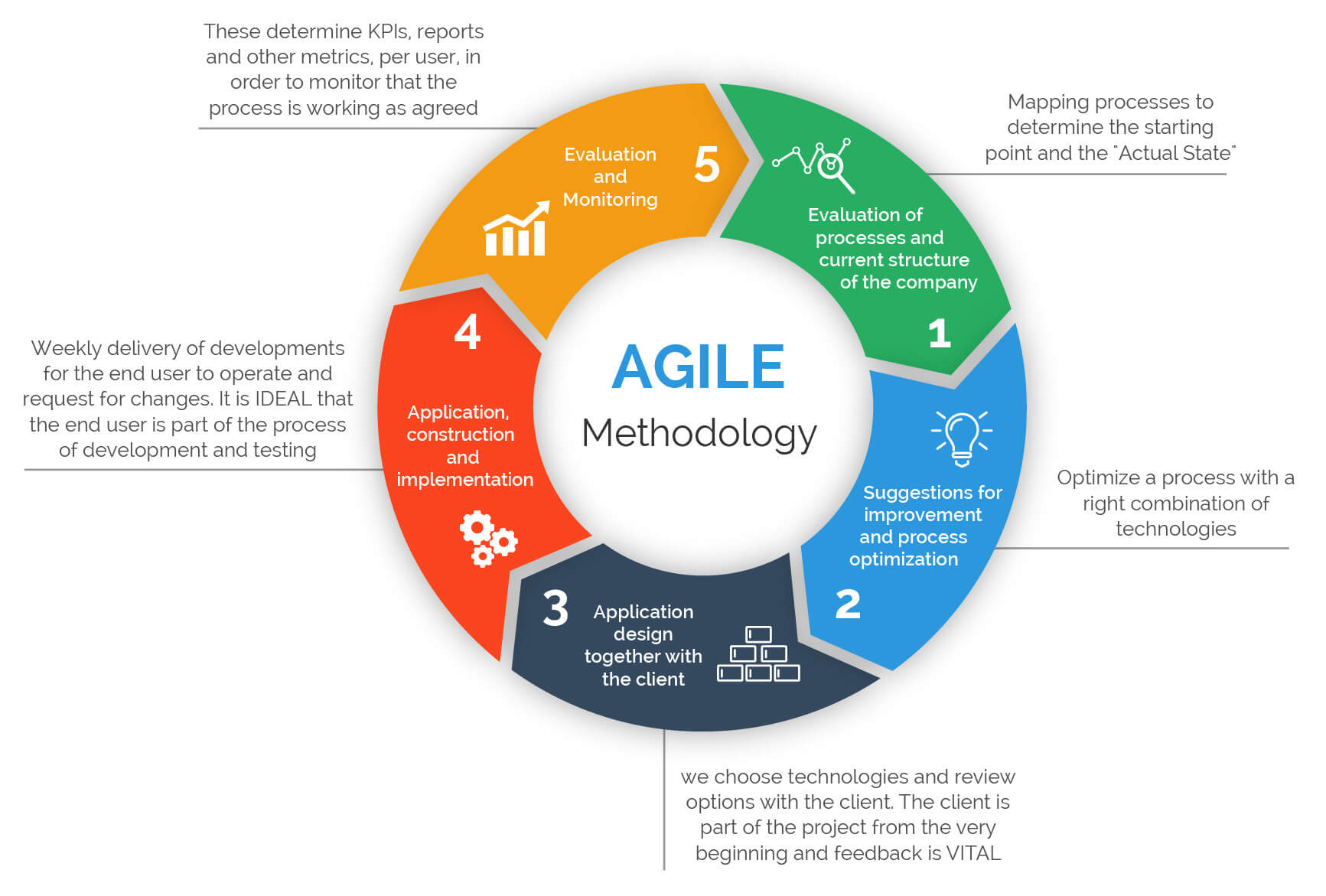Agile design refers to the iterative process of item advancement, stressing flexibility, cooperation, and client feedback throughout the entire cycle. This method is particularly reliable for tasks that require consistent refinement and improvement, as it allows teams to get used to developing needs and market demands rapidly.
The Principles Behind Agile Style are central to its effectiveness. At its core, Agile style operates several basic principles that set it besides traditional layout procedures. Among the
essential elements is step-by-step development. Rather than waiting till the end of the job to introduce a complete item,
Agile design breaks the procedure right into smaller chunks, supplying useful models at each stage. This allows teams to gather responses early, which can be incorporated into the next iteration.
Embracing Active style supplies many benefits. Among the largest advantages is boosted product high quality. By continually examining and improving the product throughout its advancement, the probability of discovering and resolving possible issues rises. This iterative procedure helps in reducing the threat of costly mistakes or major layout imperfections that might have been forgotten in a traditional growth cycle.
While Agile design uses many benefits, it's not without its challenges. One typical problem is managing stakeholder assumptions. Since the procedure is repetitive and may involve constant changes, stakeholders might at first battle to recognize the evolving nature of the project. To conquer this, efficient communication is essential to keep all celebrations notified and aligned with the task's goals.
By embracing Agile design, companies can stay competitive in an
ever-changing market, providing products that are not just useful but additionally straightened with individual assumptions.

At its core, Agile layout operates on several essential concepts that establish it apart from conventional style procedures. Rather of waiting till the end of the task to release a total product, Agile design damages the process into smaller chunks, supplying functional prototypes at each phase. Taking on Active design provides countless benefits.